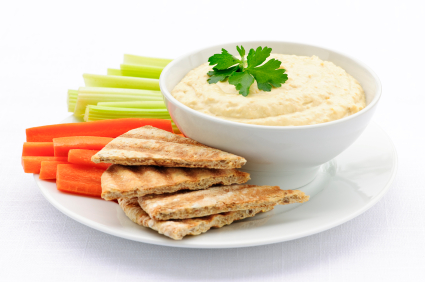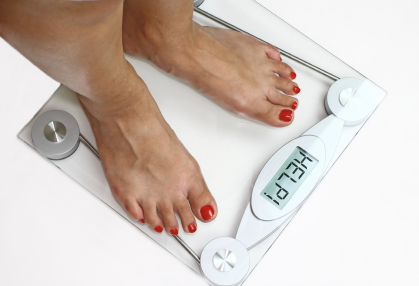If you’re alive and breathing it’s pretty difficult to get through one single day without media bombardment of the latest and greatest fad diet or workout. While these various diets, potions, and exercise routines all boast phenomenal results, the reality is that most of these are unrealistic and next to impossible to sustain. In the worst case scenarios they can even be dangerous for your body.
Lost Weight Loss Wisdom?
The key to long term weight loss has been and always will be a healthy, balanced approach. There’s nothing complicated about it and it does not require deprivation, pain, fancy shakes, eliminating whole food groups, or any other fad that’s out in the media.
However, it does require a little bit of knowledge, consistency, and planning.
Six Things to Remember to Find Balance
1) Calories count. In order to lose a pound of fat per week, a reduction of 500 calories per day is required. A combination of exercise and adjustments to caloric intake is the most balanced approach to creating a caloric deficit. Free apps like loseit make it easy to track your daily caloric intake based on your weight loss goals.
While counting calories may seem restrictive, it’s actually empowering. If you treat calories like a bank account, knowing how much you can spend each day gives you flexibility. A great tip from celebrity trainer Jillian Michaels is to follow the 80/20 rule. Allow yourself 20% “fun calories” each day. Use the 20% for things like a glass of wine, small dessert, or any other special treat you enjoy.
2) Meal planning. Have you heard the old saying “if you fail to plan, you plan to fail?” Planning what you will eat for the week takes the guesswork out of whether or not you are staying on track with your calorie cutting and weight loss goals. Use “light” or “low cal recipes” to keep the food choices interesting so you won’t feel deprived.
You don’t have to give up planning when eating out. Check out the menu online before you get to the restaurant. Use apps like loseit or healthy dining finder to help you evaluate menus. Choose your lower calorie meal before you arrive at the restaurant to avoid being tempted by the higher calorie choices.
Allow yourself to go for it once in awhile and forget about the calories. Have fun and don’t allow yourself to feel guilty. Simply get back on your plan the following day.
If you’re on vacation, make it your goal to not gain any weight. Use your loseit app to find out how many calories you can spend.
3) Regular Exercise. Regular daily exercise combined with a healthy eating plan is the best recipe there is for weight loss and weight management. Shoot for 20 minutes per day of regular activity like walking, hiking, biking,swimming, etc.
5) Leisure Time Activity. Use leisure time to relax AND burn calories. Try things like a walk on the beach, kayaking, horseback riding, walking your dog, or playing with your kids. You’ll not only feel rejuvenated, but you’ll contribute to your daily weight loss goals.
6) Make sure your goals are realistic. You may not have the time nor the desire to do what it takes to look like a model on the cover of a health magazine. If you can’t go out to dinner once a week without “blowing” your plan, your weight loss goal will be very hard to maintain. Set a goal to reach a desired weight that allows you to look good, feel good, and enjoy yourself. Then stick to it.
Avoid letting the media or anyone else pressure you into thinking your goal isn’t good enough or that you should be comparing yourself to others. Bodies come in all shapes and sizes. What’s most important is that you are comfortable, happy, and satisfied with your own personal results.
Now, that my friend is balance!
To your health and fitness!
Jennifer
Questions or comments? Please leave me a note below. I love to hear from you!



